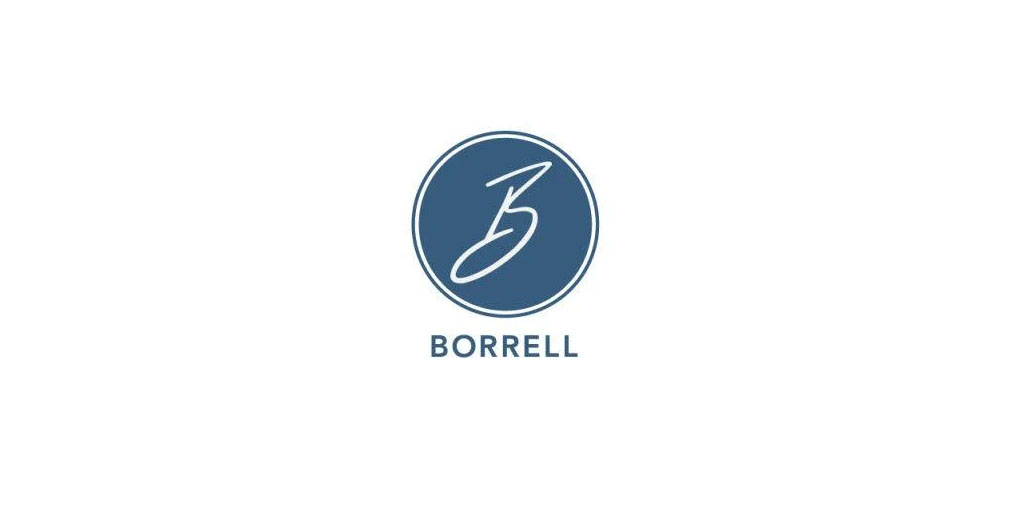Source: www.insideradio.com, June 2022
Local advertisers will up their radio ad spend by 5.4% and their total ad outlay by 7.6% year-over-year in 2022 as the ad industry settles into something approximating normal, according to a just-released forecast from Borrell Associates. But there’s more to the story than just the up or down numbers. Here are five key storylines from Borrell’s webinar last week that unpacked what’s going on right now in the local ad market.
The Local Ad Industry Is Nearing The End Of 2-Year Pendulum Swing
During the pandemic’s first wave advertising plunged to deep sea depths but rebounded mightily in 2021 when the world reopened. “It’s kind of settling in now and I think we’re just getting to the end of that,” said CEO Gordon Borrell.
‘Normal’ Is Just Arriving
According to the latest Borrell forecast, local ad sales will advance 7.6% this year. This marks an elevated growth rate compared to both years that preceded the pandemic. But slower times appear to be ahead. “It was really high in the first and second quarter for a lot of people,” said Borrell. “That means we’re going to be coming down in 2022.”
Recession & Inflation Will Temper Growth For Rest Of 2022
Inflation is at a 40-yrear high, and economists are worried about a potential recession on the horizon. “If it occurs, it’s going to temper the growth in advertising,” says Borrell. With concerns about record high inflation, soaring gas prices, the war in Ukraine, and high interest rates hanging over their heads, the mood of local advertisers has soured in recent months. Borrell’s latest survey of local advertisers shows 51% expect economic conditions for small businesses to worsen in the next six months. That compares to 35% who said that in February. And a year ago, only 19% had such a pessimistic outlook. That change in attitude is having an impact on what local advertisers are spending. “It’s going to get a little tight for the remainder of the year,” Borrell adds.
The Pandemic Re-Formed The Base Of Ad Buyers In Every Market
“A lot of them got shaken out, some of them got smaller, new ones came in, particularly franchises and they spend their advertising dollars differently,” Borrell points out. Instead of prospecting by monitoring other radio and TV stations and market competitors, sales reps should rely on market data of who’s increasing their ad spend to get new leads.
CPMs Play A Role In ROI And Perceived Value
Print media is suffering due to its high cost per thousand impressions (CPM). Radio, meanwhile, is retaining resilience because of low CPMs. According to Solomon Partners, as of January 2022, radio’s average cost per thousand impressions (CPM) is $6.75 or about a third the cost of non-prime broadcast TV ($20), and less than one fifth the cost of primetime broadcast TV ($36). “If you have a medium that is really inexpensive, it’s easy to prove ROI on something like that,” said Borrell. “CPMs, we think, play a pretty big role in all of this and the perceived value.”

